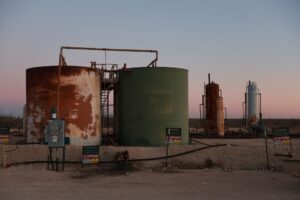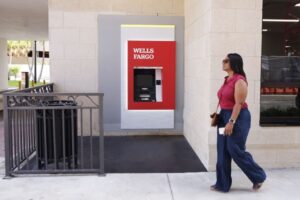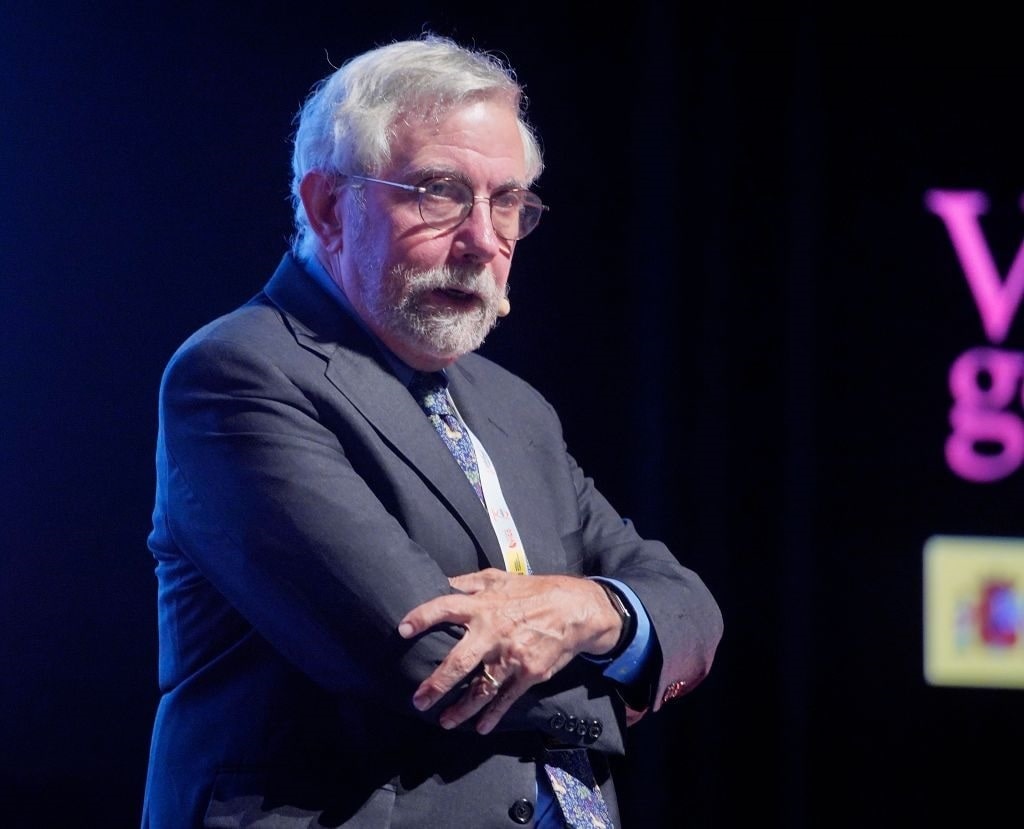With the latest US annual inflation rate coming in slightly higher than original estimates suggested, American consumers are still feeling the month-on-month bite of inflationary pressure. Indicators clearly show that the inflation problem is not going away and is proving to be sticky and stubborn. But one particular economist suggests that the war on high prices is over: Paul Krugman.
Mission Accomplished, Says Paul Krugman
For years, in economic circles, there has been a meme regarding Paul Krugman. There is no inflation if you do not eat food, live under a roof, drive a car, wear clothes, seek medical care, or attend college. In other words, any inflation metric must exclude inflation!
While this might be a joke, Krugman took to X (previously Twitter) to utter this explicit notion. The Nobel-winning Keynesian economist shared a chart on October 12 that featured the six-month change at the annual rate of the CPI excluding – get this – food, energy, shelter, and used vehicles. He wrote: “The war on inflation is over. We won, at very little cost.”
Can he really believe his own output? Perhaps the classic William F. Buckley zinger describes it best: “I won’t insult your intelligence by suggesting that you really believe what you just said.”
That said, economists can deduce anything from macroeconomic data if they know where to look and have a specific predetermined conclusion in mind. So, in Krugman’s case, rather than assess goods and services that the consuming public needs, the blogger for The New York Times is crafting a narrative that Bidenomics has vanquished inflation. Fortunately, very few people are likely to believe this as they participate in the economy daily and know that the cost of everyday items is growing.
Please Be Crude
As Liberty Nation has noted, crude oil production has accelerated since August, following below-trend growth for much of the year. Then, out of nowhere, US energy output exploded. According to the Energy Information Administration (EIA), domestic production reached 13.2 million barrels per day (bpd) for the week ending October 6, up from 12.9 million bpd in the previous week. This is a monumental occasion because oil production has finally surpassed the pre-pandemic high of 13.1 million bpd.

(Photo by Joe Raedle/Getty Images)
Yet despite higher volumes, prices are climbing on tight US and international supplies.
At home, the Strategic Petroleum Reserve (SPR) is gradually decreasing again after six consecutive weeks of refills. Commercial stocks are down 25 million barrels since the beginning of the year. The Baker Hughes Oil Rig Count, a measurement of drilling activity across the country, has cratered to its lowest level since February 2022. Ultimately, US inventories are not robust, and the recent acceleration in output might be temporary.
Internationally, global energy markets are short as the Organization of the Petroleum Exporting Countries (OPEC), OPEC+, Saudi Arabia, and Russia cut output and reduced exports. At the same time, the Paris-based International Energy Agency (IEA) anticipates record crude oil demand heading into 2024. Of course, that is if the global economy averts a recession. When investors toss the Israel-Palestine conflict into the mix, petroleum markets are poised for immense volatility.
Is the Banking Crisis Over?

(Getty Images)
The public has not heard much about the banking crisis as of late. Several financial institutions, including Silicon Valley Bank, failed earlier this year. In order to prevent a meltdown in the banking system, the Federal Reserve launched an emergency lending facility called the Bank Term Funding Program, or BTFP. Seven months since Chair Jerome Powell created the pot of gold, companies keep tapping into the account, suggesting that these entities are still quite fragile.
For the week ending October 12, the BTFP reached a fresh all-time high of $108.884 billion, according to the Fed’s H.4.1 report. Remember, these are one-year loans, so what happens when they mature, and it is time to pay back the US central bank? If banks were as safe, sound, and resilient as officials claim, the BTFP would not continually touch fresh highs each week.
How bad will conditions be when the effects of 5% interest rates fully travel throughout the US economy and short- and long-term Treasury yield firm above 5% or 6%? It is bedlam in America. The public should not worry because there is no banking crisis if you do not count small- and medium-sized institutions, right Paul Krugman?




